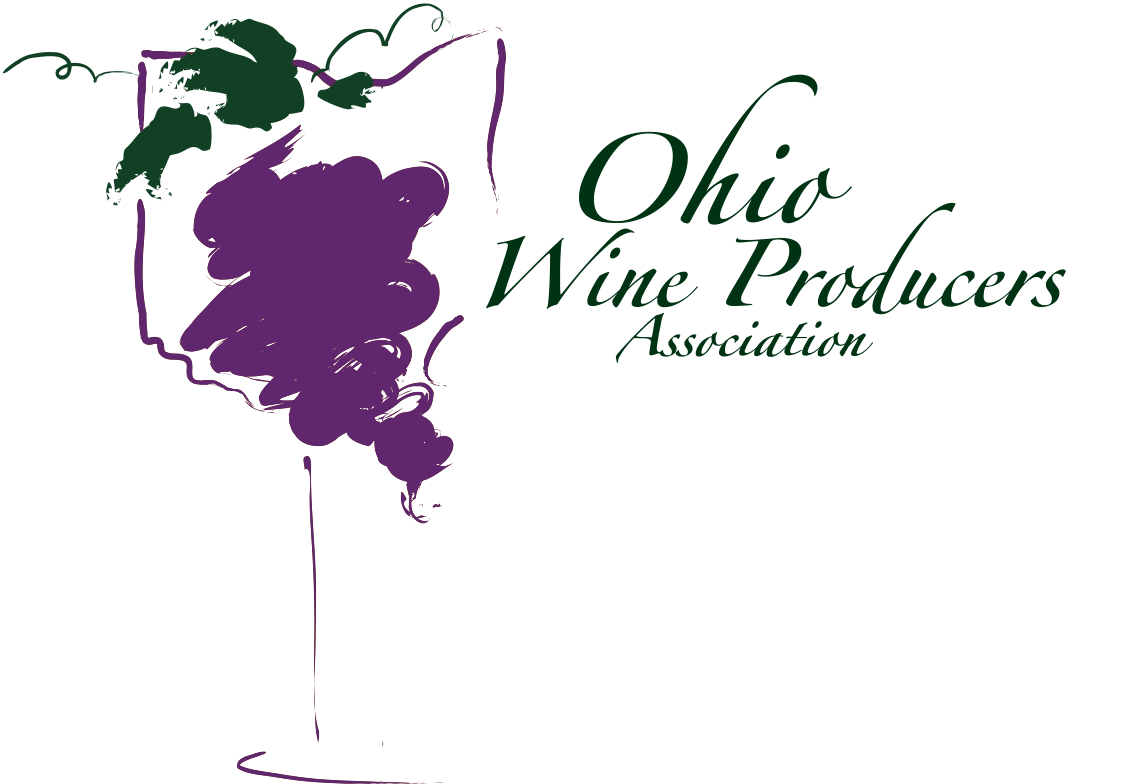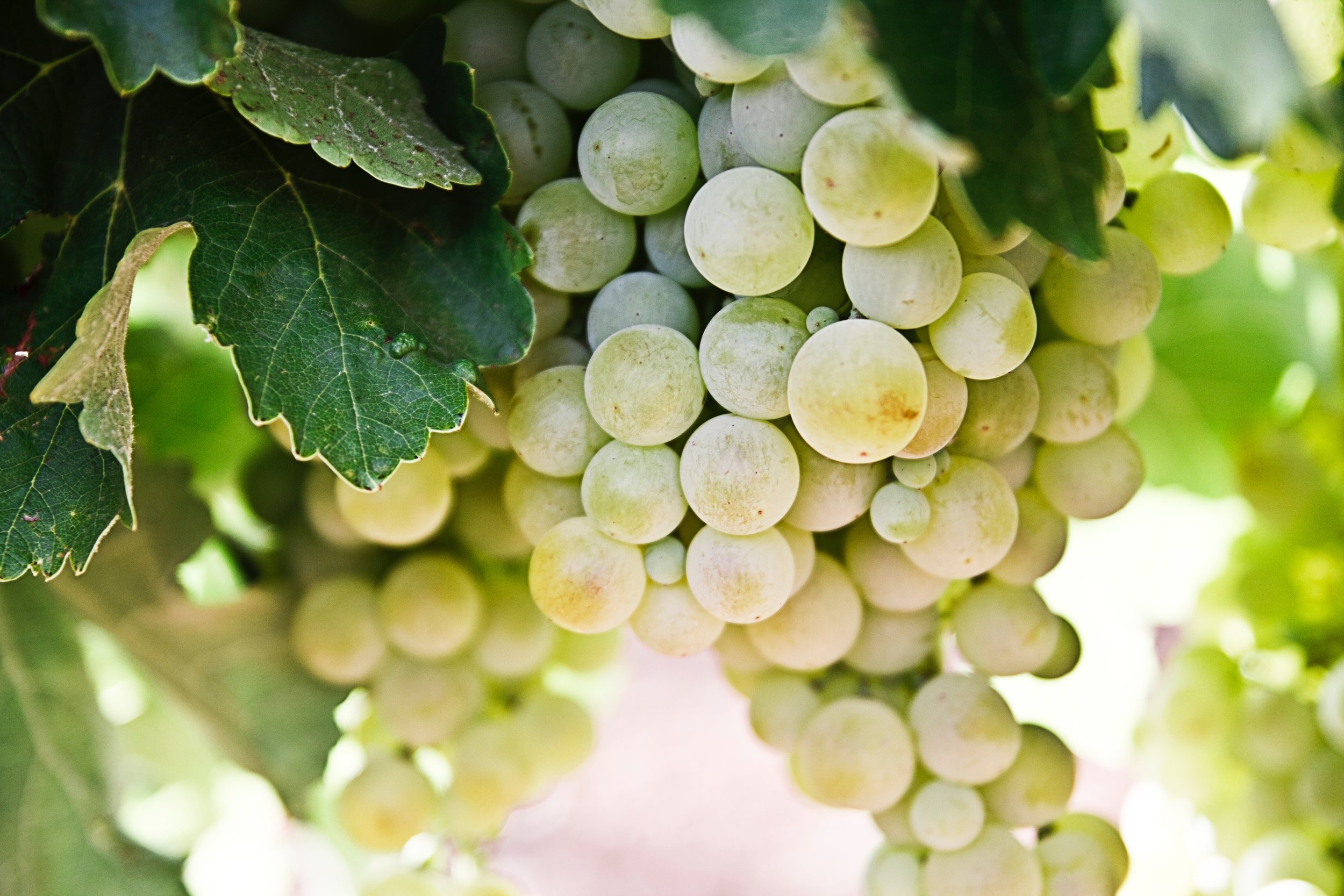Merlot, the softer side of red
During the wine boom in the late 90s, national wine marketers were looking for ABC wines [anything but chardonnay and cabernet]. They needed some new and drinkable varieties to promote. And, while serious connoisseurs mused about the mysteries of huge, complex, intense, full cabernet sauvignons, most regular were people looking for pleasant wines that tasted great with food. On the red side, merlot [mer-low] emerged in a big way.
Much of the early work with merlot in this country had been done in Washington State at the Chateau St. Michelle winery in the early 80s. While historically, in Europe and California, merlot had been used as a blending wine in cabernets, vintners at that pioneering Northwest winery realized their growing conditions offered an opportunity to develop exceptional wines that would meet the needs of wine marketers and emerging consumers. Some of the best merlots in the world now come from their vineyards.
Merlot is quite winter tender in the vineyard, but in the best sites, it works the best growing years in our region because it ripens earlier than the cabernets and can take full advantage when we do have a dry, extended fall season. And, the grapes do well when they struggle in difficult, low yield soils. On the downside, to produce the highest quality merlots, lots of summer sunshine is critical. During an especially cold and rainy year, growers have difficulty in attaining ideal ripeness and coloration levels. Finally, severe, uneven winters are always a concern. Wild fluctuations in temperature readings can destroy the actual vines. However, a quote from David Lake, ground-breaking winemaker who led the early wine revolution in the Columbia Valley, underscores why northern Ohio does produce limited, albeit quality merlots. He believes Good merlot is born out of adversity. Mother Nature gives us a leg up in that category.
In the cellar, merlots are handled like most other reds: fermentation on the skins, aging in oak barrels, racking for clarification, etc. Sometime during mid winter, winemakers also put merlots through a secondary fermentation called malolactic fermentation where the harsher but natural malic acids [think tart apple] are converted to lactic acids [think milk.]
The resulting wine is soft, supple and very easy to enjoy with a great meal or just a selection of simple cheeses, bread and fruit. It is a lovely choice for holiday entertaining. The finished wine will show hints of cherry, dark chocolate and sometimes a cinnamon like spice on the palate. It is much less intense than the cabernets, but has enough natural tannin to make it interesting. Any food that traditionally would be served with a red wine will go well with merlot. Merlot is designed to be consumed within a few years of harvest, so for our emerging regional industry, it works for winemakers here trying to satisfy consumers demands for more red wines.
For additional information: dwinchell@OhioWines.org
About the author:
Donniella Winchell, Executive Director of the Ohio Wine Producers Association...


